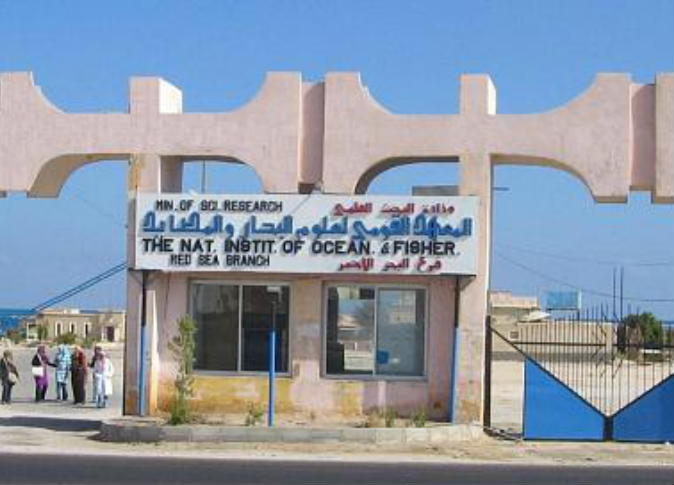
The National Institute for Oceanography Sciences and Fisheries on Wednesday held a workshop titled “The Ecological Impact of the Suez Canal Development Project” to discuss possible changes in the movement of migrant species between the Red Sea and the Mediterranean as a result of the project and devise plans for environmental monitoring programs in the area, according to Egypt's State Information Services (SIS) report.
Authorities argued the project is not creating a new waterway, but rather upgrading the already existing channel to shorten the transit time and save fuel. Also, gas emissions that are affecting the atmosphere would be reduced.
While dredging, both the water temperature and the sea level will rise, which will cause sea organisms to move.
Human activities on the banks of the channel could cause alien species to invade environments of unstable nature, though authorities said it was difficult to assume that migrant organisms would expel indigenous species given that there are no studies of this issue in Egypt.
The authorities said the possibility of impacting the region at large is weak because research indicates that migrant organisms to the Mediterranean are located in two areas, namely the southeast, which is relatively affected by migration through the Suez Canal, and the northern and western areas that are affected by migration from fish farms and from the Atlantic Ocean via the Gibraltar Strait.
Species that invaded the Mediterranean from the Red Sea are very few if compared to other species that have settled there. Also, reports about the spread of jellyfish in the Mediterranean coming from the Red Sea, they said, have no substantial scientific evidence.
Biological mobility is not necessarily harmful, they argued, as several kinds of fish that migrate from the Red Sea to the Mediterranean yield economic revenue for the population of the area, as 1,200 tons of Mackerel were fished in 2007 vs. 550 tons in 2000. The applied the same theory for shrimps.




